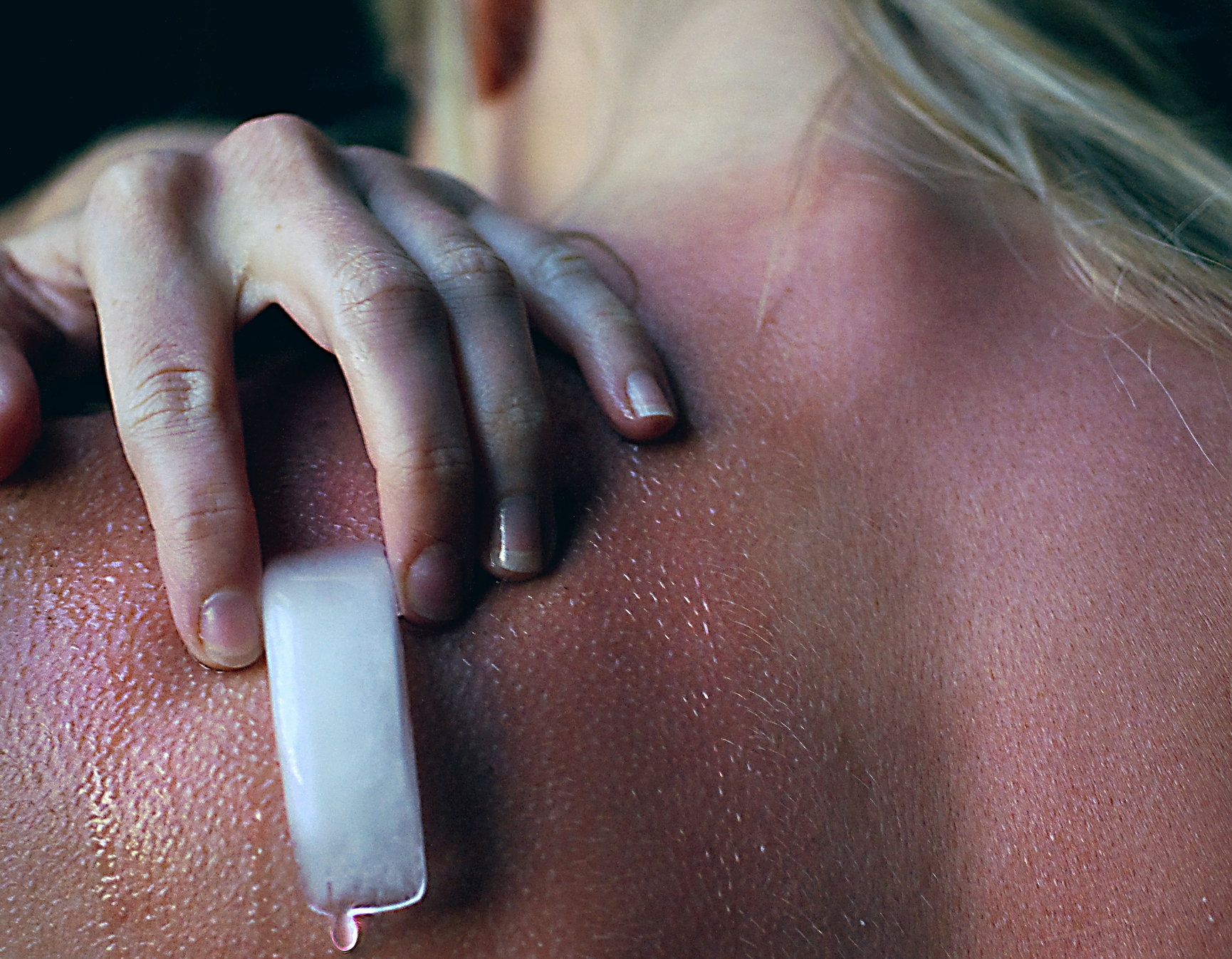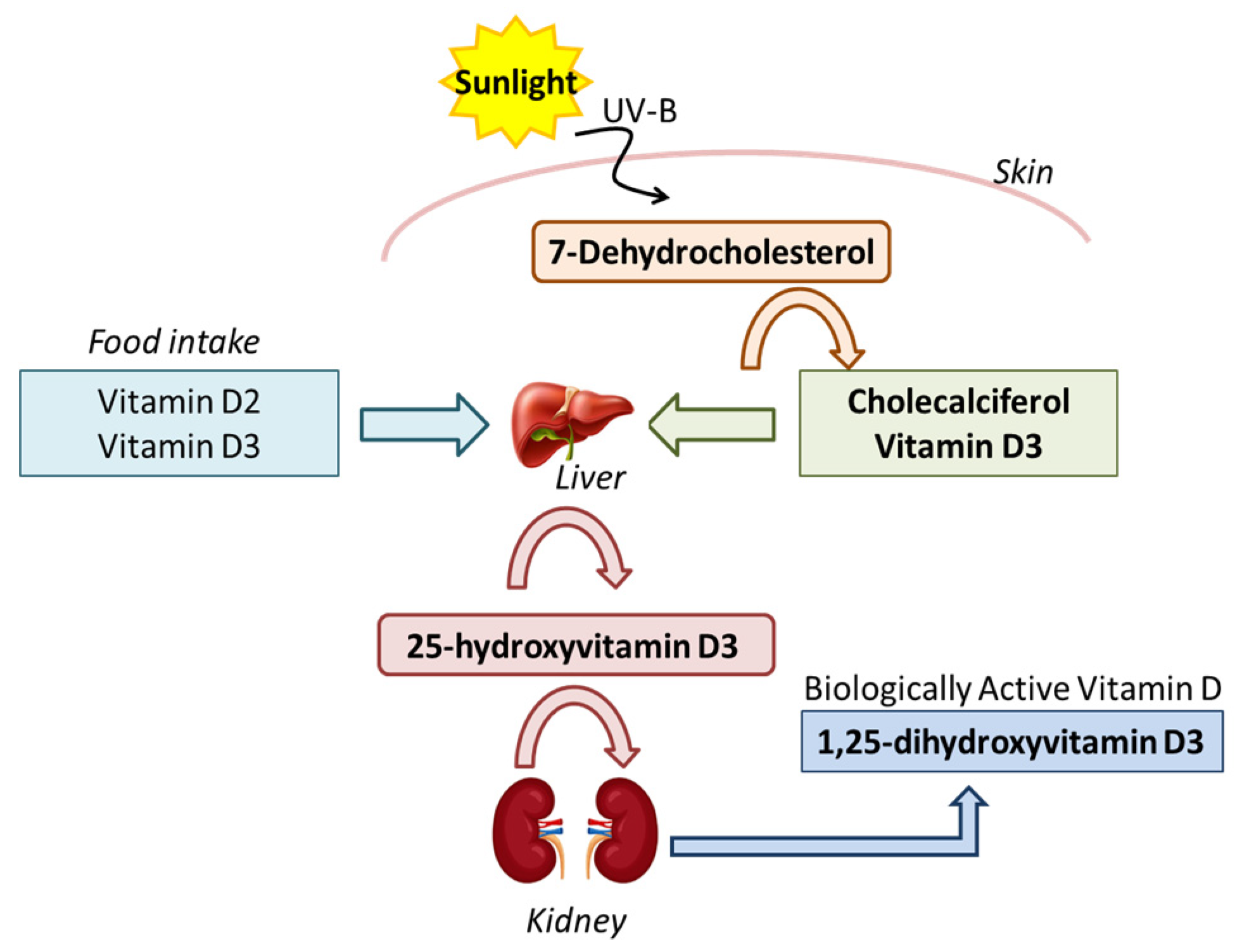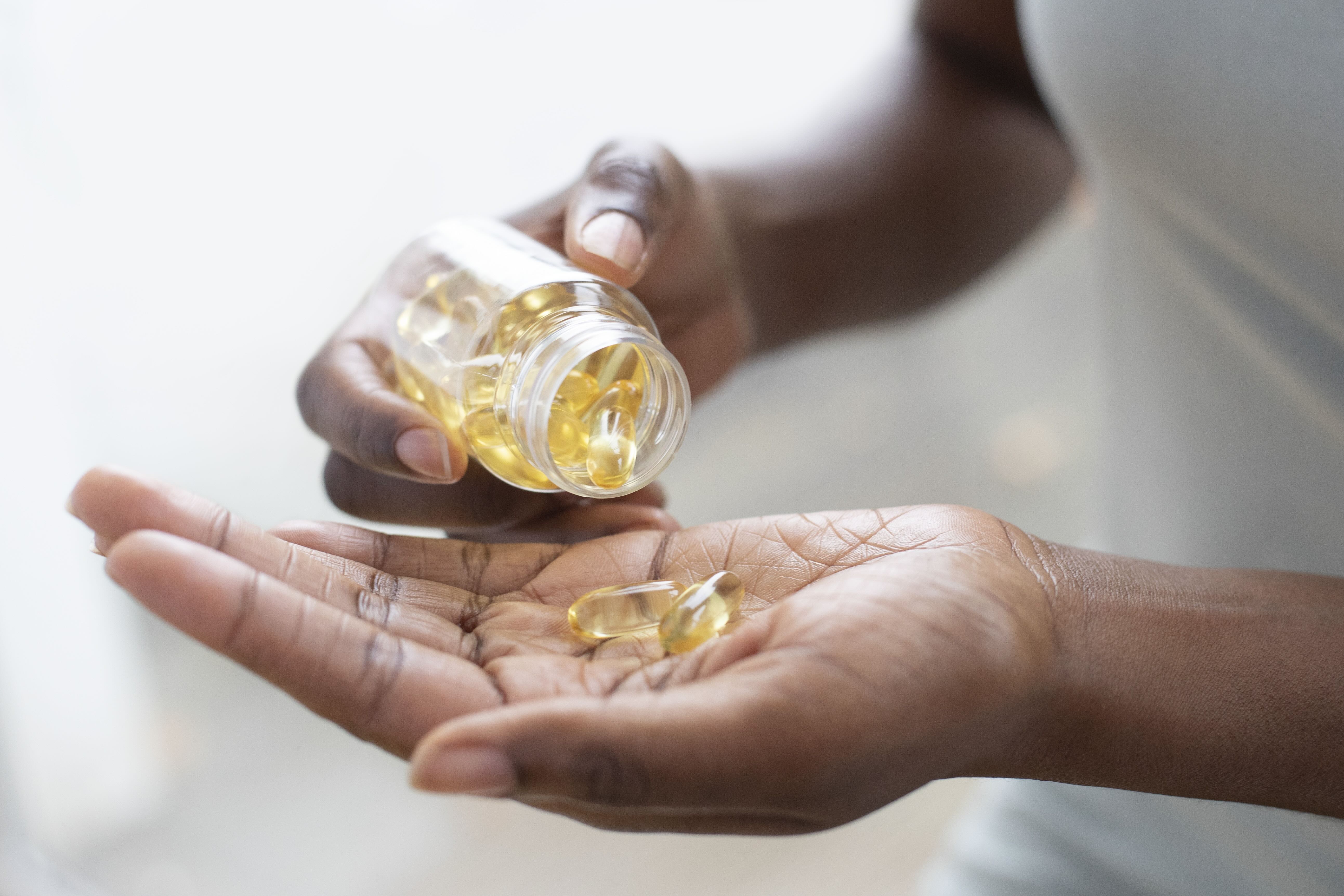
Health & Medicine
Tailored treatment turns up heat on melanomas

Vitamin D is essential for the health of our bones and immune system. So how do we safely get enough?
Published 14 February 2025
Australians have a particular challenge when it comes to our health.
Because of the tilt of the Earth, Australia experiences stronger UV levels in sunlight than the same latitude in the Northern Hemisphere.

Much of the Australian population also lives at latitudes like Queensland and northern New South Wales which typically receive lots of sun, though all of Australia gets some intense summer sun.
So, although the sun is an excellent source of vitamin D, getting an adequate dose comes with the risk of skin cancer for Australians.
Here we explain how and why it’s important to strike a balance.

Health & Medicine
Tailored treatment turns up heat on melanomas
Vitamin D has a range of important functions, as it's both a nutrient we eat and a hormone our bodies make.
Its main role is to regulate the body’s calcium levels and maintain bone health. This is especially important for children’s bone growth and development, and deficiency can result in a condition called rickets.
In later life, bone density, osteoporosis and fractures become an increasing concern, when vitamin D deficiency again becomes a health issue.
In addition to its importance in bone health, vitamin D also has a powerful role in our immune system – both the innate system (the one we are born with) and the adaptive immune response (which we acquire from previous infections or vaccines).

The main source of vitamin D for Australians is via sunlight through the skin, specifically the UV wavelengths.
But we can also consume vitamin D from some of our foods. For example, oily fish and reindeer, as well as in fortified dairy and other food products.
However, in Australia, the contribution of dietary intake to vitamin D is minimal.

Health & Medicine
Goosebumps can give us more than the shivers
Whether from sunlight or food, vitamin D is transported from the skin or intestines to the liver where it is converted to the major form that circulates in our blood – known as calcifediol or 25-hydroxyvitamin D.
This circulating form is the one that is measured in a blood test to check vitamin D levels.
25-hydroxyvitamin D is then converted to a hormone which is the the ‘active form’ that functions in the human body, known as calcitriol or 1,25-dihydroxyvitamin D.
Calcitriol production, particularly for bone health, occurs in the kidneys but local conversion also occurs in virtually all tissues throughout the body, including immune, neuronal and endothelial cells that line blood vessels.
For most of the general adult population, a sufficient level of vitamin D is defined as a blood serum of 25(OH)D greater than 50nmol/L.

Because vitamin D is involved in the activity and function of the immune system, vitamin D and sun exposure have been associated with a number of autoimmune conditions (where the immune system attacks host cells).
There is an increasing array of direct and indirect evidence from observational studies implicating low vitamin D, and to a lesser extent low sun exposure, in autoimmune conditions like multiple sclerosis (MS).
In MS, the immune system attacks the protective sheath that covers nerve fibres, known as myelin. MS can cause numbness, weakness, trouble walking, vision changes and other symptoms.
However, clinical trials of vitamin D supplementation in people with MS have largely not aligned with the observational findings.

Health & Medicine
Working to stop MS in its tracks
Our research group and others are working to better understand whether, and how, vitamin D and sun exposure act in MS.
In addition to these relationships, increasing research suggests vitamin D deficiency is associated with a risk of acute infection and clinical trials have suggested a role for vitamin D supplementation in preventing acute respiratory infections.
The actions of vitamin D on immune function are varied but include maintaining effective immune activity and facilitating the innate immune response, which is key for fighting infection.
Vitamin D also supports a proportionate and less inflammatory adaptive immune response, which may underlie its role in reducing the symptoms of MS and other inflammatory autoimmune conditions.

Evidence suggests that increasing vitamin D levels to above sufficiency (known as supra-replete) is not beneficial, but the goal is to increase levels for those who are deficient.
Vitamin D recommendations can vary for special groups, including pregnant women and infants, so it is important to seek advice from a medical professional.

Health & Medicine
How allergies may get under our skin
For many years, particularly since the advent of skin cancer reduction programs in Australia, the standard wisdom has been to reduce sun exposure and use sunscreen, sunblock and other protective measures.
Happily, not much sun exposure is required for many people to meet their vitamin D needs. Ten minutes of sun exposure at a UV index of 7 is quite common throughout much of Australia in summer.
However, this guidance makes some assumptions including mostly clear skies, adequate skin exposure (short-sleeved shirt and no hat) and of course, skin colour.
Darker skin contains more of the pigment melanin, meaning people with this skin type require more sun exposure to convert pre-vitamin D to vitamin D.

In addition, the level of UV in the environment varies by time of year and latitude. So, the same amount of sun exposure in Queensland will not necessarily result in the same amount of vitamin D as in Melbourne or elsewhere in southern Australia.
And while the ambient UV index is generally sufficient for vitamin D production in the summer months, in southern Australian winter (May-August), the ambient UV often is too low for vitamin D production (below a UV index 3).
During months where ambient UV is 3 or lower, the use of vitamin D supplements to maintain sufficiency may be appropriate in some people.
But always consult a medical professional.

Health & Medicine
From burnout to endurance: Coaching immune cells to go the distance
Cancer Council Australia and other health organisations provide these guidelines:
People with dark brown to black skin (never burns) and dark brown skin (rarely burns):
Mid-August to end of April: a few minutes of mid-morning or mid-afternoon sun exposure each day
May to mid-August: people may not be able to get adequate levels of vitamin D from sun exposure, so advice from a health professional and supplementation may be required.
People with moderate brown skin (burns minimally, tans easily) to very fair, pale white skin (always burns, never tans):
Mid-August to end of April: a few minutes of mid-morning or mid-afternoon sun exposure each day
May to mid-August: active time outdoors every day in the middle of the day with skin exposed, with no sun protection (recommended when UV levels are below 3, unless outdoors for extended periods or near reflective surfaces like snow).

It is important to note that prolonged sun exposure does not increase vitamin D levels, as the body breaks down excess vitamin D.
All skin types are advised to seek sun protection like covered clothing, sunscreen, a hat and sunglasses or to seek shade if outdoors for more than a few minutes from mid-August to the end of April– this is because of Australia's usually UV levels at this time.
Together, these guidelines should strike a good balance in maintaining our skin health, as well as our bones and immune system.